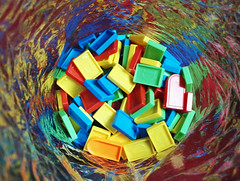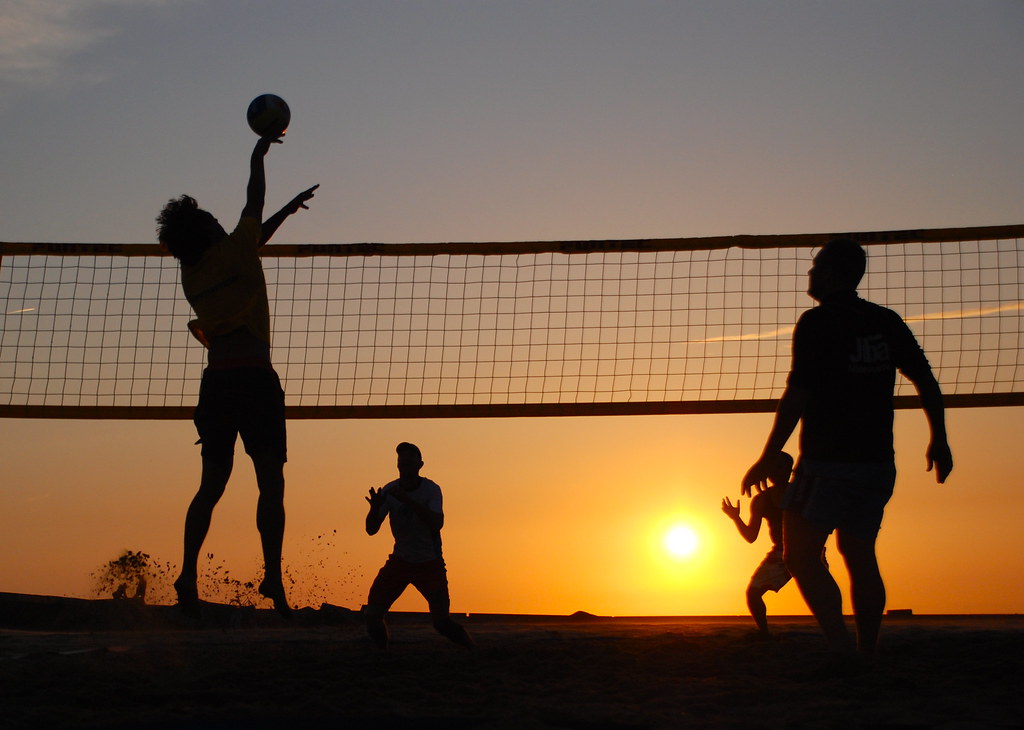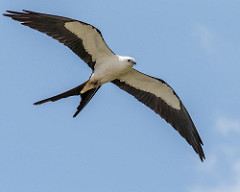Game week is all about visiting other blogs.
Remember one of the main aims of blogging includes commenting and carrying on conversations with the author of posts and their other readers.
A good commenter will have:
- Read the post carefully
- Checked out the links in the post
- Read the previous comments before they leave one of their own
- Added to the conversation with a quality comment – remember that video from Mrs. Yollis’ class
- Included a link to their own blog or a similar post on their own blog
Complete one of the games (red).
Game 1: Count Out Three
This is a game we have run for many challenges and allows you to connect globally. Those who have taken part in a challenge before know about the game ‘Count Out Three’. Here are the instructions:
- Click on a blog on the student list or class list– count one
- Now click on a blog from the new student’s blogroll – count two
- Finally, click on a blog from that new blogroll – count three
- Leave a comment on an interesting post at this third blog
- Repeat steps 1-4 two more times.
Write your own post saying which blogs you visited and which posts you left a comment on. Why did you choose that post? Remember to include a link back to the post you left a comment on.
- Here is how Rachel, Mia, and Olivia wrote their posts for this challenge a few years ago. Notice how Jazzy included links in her post.
- Yacob looked at the blog overall, not just the posts.
- Thanumi created a video about this week’s challenge.
Game 2: Flipboard Three
Many great student posts are being flipped to the 2018 #stubc Flipboard magazine, but Miss W is not sure how many of you have actually checked them out. So here are the instructions for this game.
- Click on Flipboardboard magazine: link here
- Click on the post title of what looks like an interesting image or a catchy title
- You should now be taken to the actual blog post, read it and leave a comment
- Come back to the magazine again and repeat two more times
Write a blog post mentioning the blog posts you read and the comments you left. Why did you choose that post? Remember to include a link back to the post you left a comment on.
Get to it – start visiting and leaving quality comments that show you have read the post.
How many quality comments could you leave this week? Can you leave 10, 20 or maybe 50?
Write a post about the commenting you have done this week or throughout the challenge so far.
- What have you enjoyed about commenting?
- What is annoying about commenting?
- How have you found interesting posts to comment on?
- Are your posts getting lots of quality comments? Why or why not?
Create a list of great comment starters to help students new to blogging. There are some lists on the web but try to create your own. Here are a couple of examples from Anne Davis:
- Another thing to consider is…….
- I can relate to this…….
- This makes me think of…….
Write a quick post then include 5 great examples of comments as part of the post – use some interesting comment starters for each comment.





 Whenever you see either of these avatars or images on the world wide web, you will know it is Miss W or tasteach. She is a retired teacher who began blogging with students in 2008. She still blogs with
Whenever you see either of these avatars or images on the world wide web, you will know it is Miss W or tasteach. She is a retired teacher who began blogging with students in 2008. She still blogs with 

